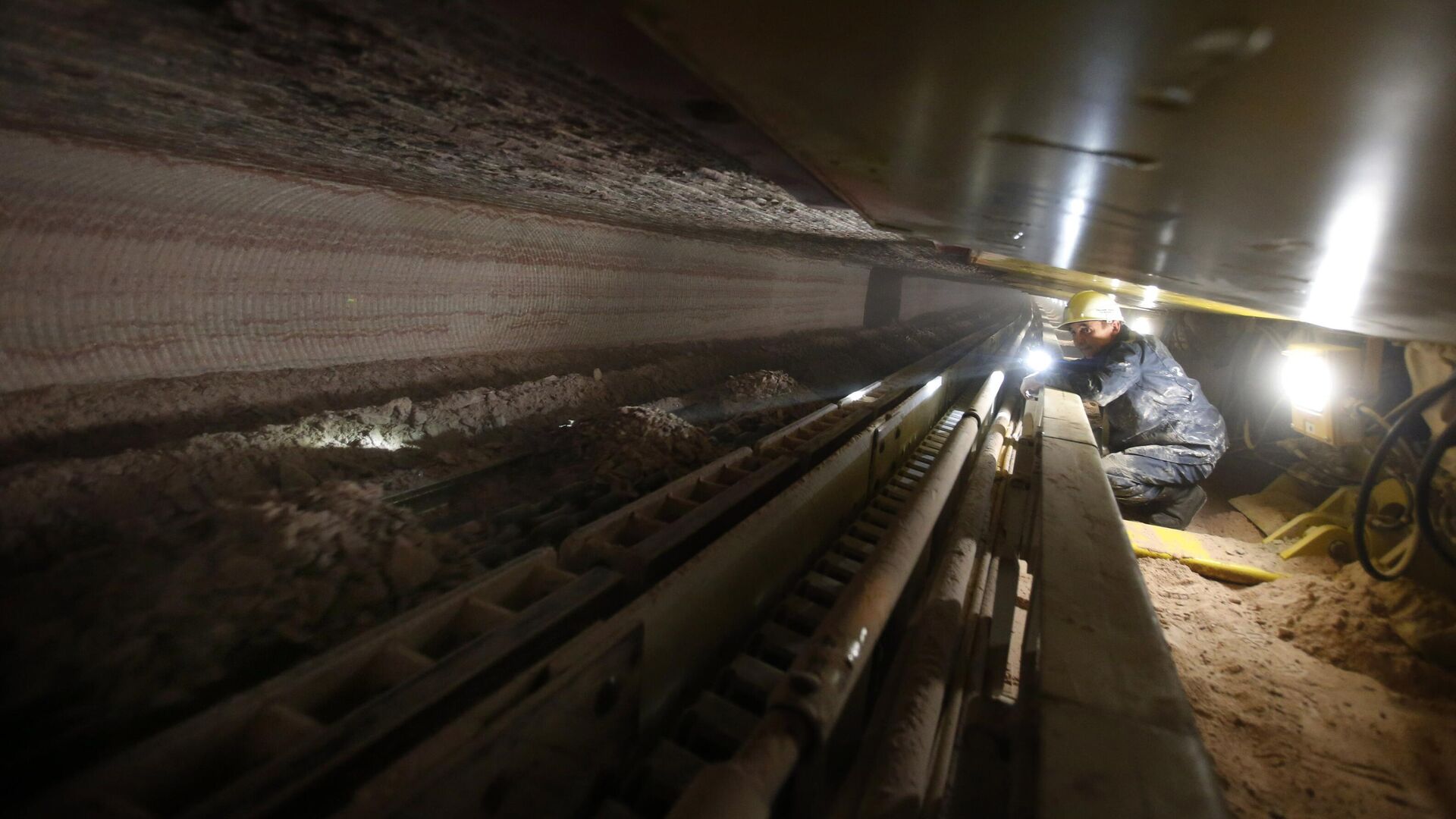
MOSCOW , 10 Mar. Perm scientists have proposed a method for extracting potash ore using unmanned harvesters equipped with the so-called inertial navigation system, the Ministry of Science and Higher Education of the Russian Federation reported.
«The development allows equipment to pass through mine workings without additional control of the direction of movement by mining engineers,» the department noted. Specialists of the Mining Institute of the Ural Branch of the Russian Academy of Sciences, a branch of the Perm Federal Research Center of the Ural Branch of the Russian Academy of Sciences, worked on the system.
December 15, 2022, 05:00 AM .html» data->
Unmanned technologies make it possible to remove workers from hazardous work areas, solve the problem of a shortage of qualified workers, reduce the likelihood of occupational diseases and obtain economic benefits for a mining company, the Ministry of Education and Science explained.
The inertial navigation system developed by Perm scientists does not require any external landmarks or external signals. Communication with the dispatcher at the mine is carried out via a radio channel.
«
“Our system is a collection of sensors. Accelerometers and gyroscopes in it are perpendicular in three planes. Accelerometers measure acceleration, and gyroscopes measure position in space, that is, all angles are measured in all planes. With the help of acceleration, you can calculate the distance traveled. Thus, we navigate from the first given point and determine the coordinates at the next one. Such systems work as additional navigation in places where there is not enough GPS,” explained Denis Kormshchikov, Candidate of Technical Sciences, senior researcher at the Mining Institute.
The first trials at a potash mine showed that, thanks to the new navigation system, the combine can overcome a straight section of a mine working up to 300 meters long without additional control from a mining engineer. At the same time, the deviation from the design axis of the working did not exceed 20 centimeters.
«In December 2023, we plan to complete pilot tests. During 2024, we are ready to produce 5 more samples of the navigation system and debug mass production. Today, specialists from Canada, Sweden and Australia are developing such systems for mining equipment, but our navigation , not inferior to analogues in accuracy, uses a smaller number of auxiliary systems, is easier to maintain and cheaper to implement,» Kormshchikov added.
The project is being implemented in cooperation with industrial partner PJSC Uralkali.

